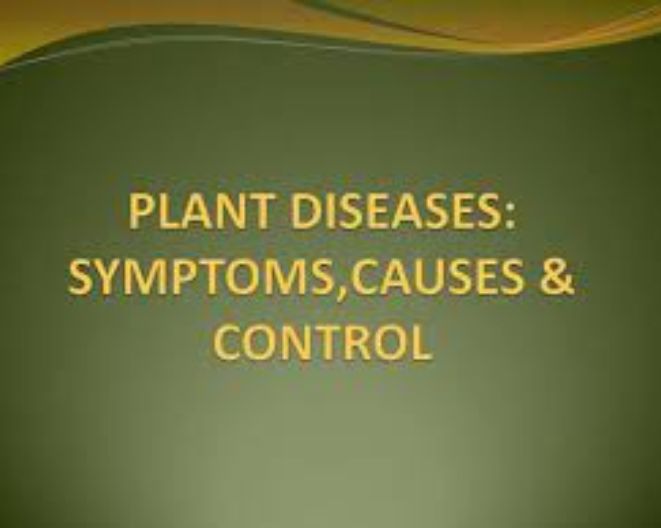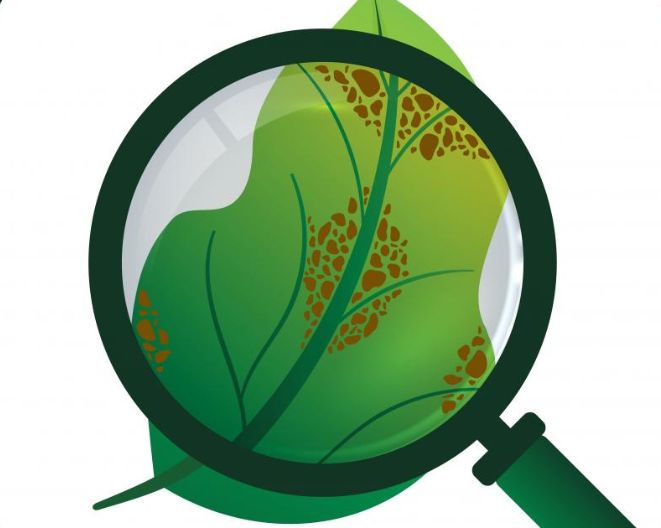Alternaria Blight:
Causal agent: Alternaria solani
This fungal blight infects ornamental plants, vegetables, fruit trees, and shade trees worldwide. On tomatoes, potatoes, and peppers, it is called early blight. On leaves, brown to black spots form and enlarge, developing rings. Heavily blighted leaves dry up and die as spots grow together.
Control:
- Control this disease by planting resistant cultivars and growing your own transplants from disease-free seed.
- Apply Trichoderma harzianum to the soil just before planting.
- Promote good air circulation.
- Apply potassium bicarbonate (baking soda) sprays starting 2 weeks before the time of year when symptoms would normally first appear.
- Dispose of infected plants and when possible, use a 3-year rotation.
Phytophthora Blight:
Causal agent: Phytophthora infestans
On peppers, potatoes, and tomatoes, Phytophthora infection is known as late blight. The first symptom is water-soaked spots on the lower leaves. The spots enlarge and are mirrored on the undersurface of the leaf with a white downy growth.
Control:
- Avoid problems by planting only in well-drained soil, and use resistant varieties if possible. For late blight, keep foliage dry as much as possible
- Preventive sprays of compost tea or Bacillus subtilis may help prevent the disease.
- Immediately remove and destroy plants infected with late blight; prune off cankered shoots.
- After harvest, remove and destroy all plant debris that may be infected.
Canker:
Causal agent: Xanthomonas axonopodis
Cankers usually form on woody stems and may be cracks, sunken areas, or raised areas of dead or abnormal tissue. Sometimes they ooze conspicuously, causing everything to wilt and die.
Control:
- To control, plant resistant trees and cut out branches or trees with cankers.
- Copper sprays have been shown to reduce infection somewhat.
- Windbreaks can greatly reduce spread and severity of disease and increase the efficacy of copper sprays
Rots:
Causal agent: Phytophthora cinnamomi
Rots are diseases that decay roots, stems, wood, flowers, and fruit. Some diseases cause leaves to rot, but those symptoms tend to be described as leaf spots and blights. Rots can be soft, hard and dry. They are caused by various bacteria and fungi. Many are very active in stored fruits, roots, bulbs, or tubers.
Control:
- Control these troublesome rots by providing good drainage and good air circulation.
- Try drenching the soil with beneficial fungi or bacteria.
- Start cuttings in sterilized mix, and plant only healthy plants.
- Dispose of all infected plant material.
Rusts:
Causal agent: Puccinia graminis
Rusts are a specific type of fungal disease. Many of them require two different plant species as hosts to complete their life cycle. Typical rust symptoms include a powdery tan to rust-colored coating. This disease appears as a browning or reddening of the small twigs and needles, and a release of rusty, powdery spores.
Control:
- Applying neem oil can help prevent rust by killing spores on the leaves.
- Rust is also carried to other plants by wind. To control, space plants to allow air circulation.
- Plant resistant cultivars.
- Remove infected plants and burn them in fall.
Wilts:
Causal agent: Fusarium oxysporum + Verticillium sp.
Plants wilt when they don’t get enough water. When fungi or bacteria attack or clog a plant’s water-conducting system, they can cause permanent wilting, often followed by the death of all or part of the plant. Plants wilt and may turn yellow.
Control:
- To control, plant resistant cultivars.
- Rotate crops with non-host crops.
- If wilt only affects a branch, it may help to cut it out well below the wilt symptoms.
- Destroy infected branches or plants.
Downy Mildew
Causal agent: Peronospora parasitica
Downy mildews are fungal diseases that attack many fruits, vegetables, flowers, and grasses. The primary symptom is a white to purple, downy growth, usually on the undersides of leaves and along stems, which turns black with age. Upper leaf surfaces have a pale color. It is spread by wind, by rain, and in seeds.
Control:
- To control it, buy disease-free seeds and plants.
- Follow a 3-year rotation
- Remove and dispose of infected plants.
- Preventive sprays of bicarbonate may be effective.





